Innovations in Material Science
Innovations in material science are significantly impacting the Mill Liner Market. The development of advanced materials, such as rubber composites and high-performance alloys, is enhancing the durability and efficiency of mill liners. These innovations allow for better wear resistance and longer service life, which are crucial for maintaining operational efficiency in milling processes. In 2025, the market for high-performance mill liners is expected to account for a substantial share, driven by the need for cost-effective solutions in mining and mineral processing. Furthermore, the integration of smart materials that can adapt to varying operational conditions is likely to revolutionize the Mill Liner Market, providing operators with enhanced performance metrics and predictive capabilities.
Rising Demand for Mining Operations
The Mill Liner Market is experiencing a notable surge in demand due to the increasing number of mining operations worldwide. As mineral extraction becomes more critical for various industries, the need for efficient and durable mill liners has escalated. In 2025, the mining sector is projected to grow at a compound annual growth rate of approximately 5.2%, which directly influences the demand for mill liners. This growth is driven by the rising consumption of metals and minerals, particularly in emerging economies. Consequently, manufacturers are focusing on developing advanced mill liner solutions that enhance productivity and reduce operational costs. The emphasis on optimizing milling processes further propels the Mill Liner Market, as companies seek to maximize output while minimizing downtime.
Expansion of Renewable Energy Projects
The expansion of renewable energy projects is emerging as a significant driver for the Mill Liner Market. As the world shifts towards sustainable energy sources, the demand for minerals used in renewable technologies, such as lithium and cobalt, is increasing. This trend is likely to boost mining activities, thereby elevating the need for efficient milling processes and, consequently, high-quality mill liners. In 2025, the market is projected to benefit from the rising investments in renewable energy, which will necessitate the optimization of mineral extraction processes. The Mill Liner Market stands to gain from this shift, as companies seek to enhance their milling operations to support the growing renewable energy sector.
Increased Focus on Operational Efficiency
The Mill Liner Market is witnessing a heightened focus on operational efficiency among mining and milling companies. As competition intensifies, organizations are compelled to optimize their processes to reduce costs and improve productivity. This trend is reflected in the growing investment in mill liner technologies that promise enhanced performance and lower maintenance requirements. In 2025, it is anticipated that companies will allocate a significant portion of their budgets to upgrading their milling equipment, including mill liners. This shift towards efficiency not only boosts the demand for innovative mill liner solutions but also encourages manufacturers to develop products that align with the evolving needs of the industry. The emphasis on operational excellence is likely to drive the Mill Liner Market forward.
Regulatory Compliance and Safety Standards
The Mill Liner Market is increasingly influenced by stringent regulatory compliance and safety standards. Governments and regulatory bodies are imposing more rigorous guidelines to ensure safe and sustainable mining practices. As a result, companies are compelled to invest in high-quality mill liners that meet these standards. In 2025, the market is expected to see a rise in demand for liners that not only comply with safety regulations but also contribute to environmental sustainability. This trend is prompting manufacturers to innovate and produce mill liners that minimize environmental impact while ensuring worker safety. The focus on compliance and safety is likely to shape the future of the Mill Liner Market, as companies strive to adhere to regulations while maintaining operational efficiency.


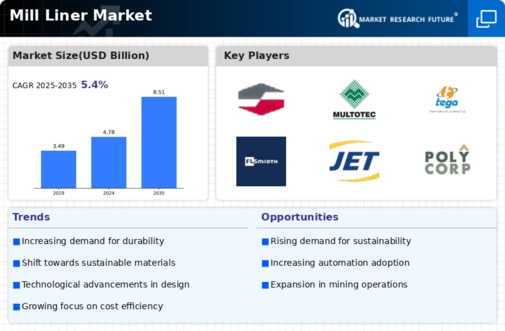
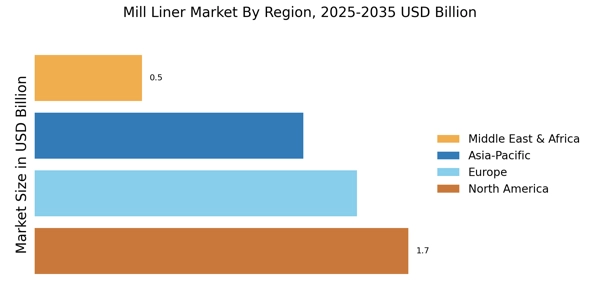

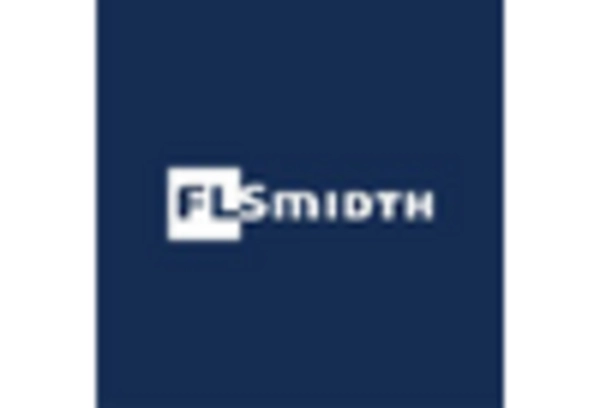
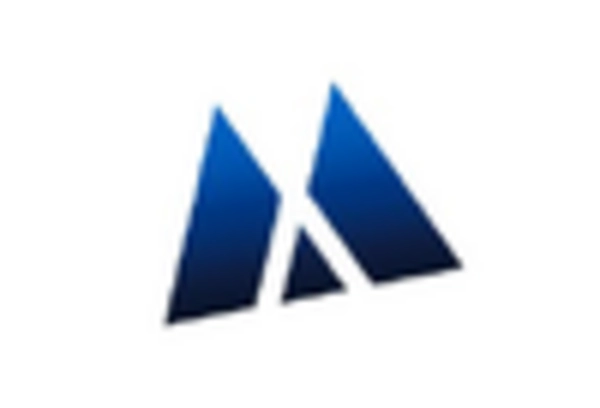
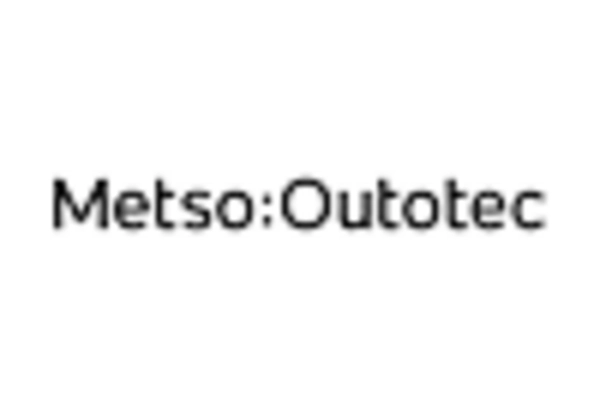
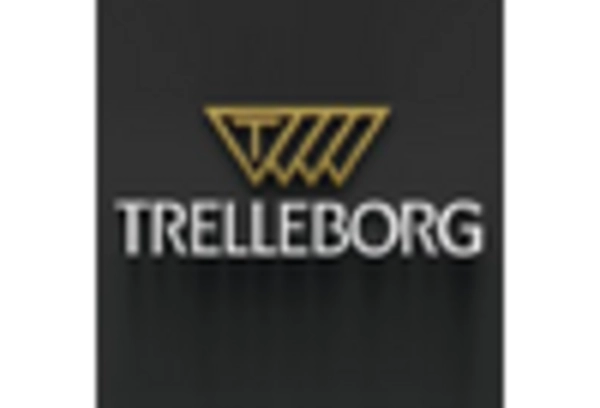
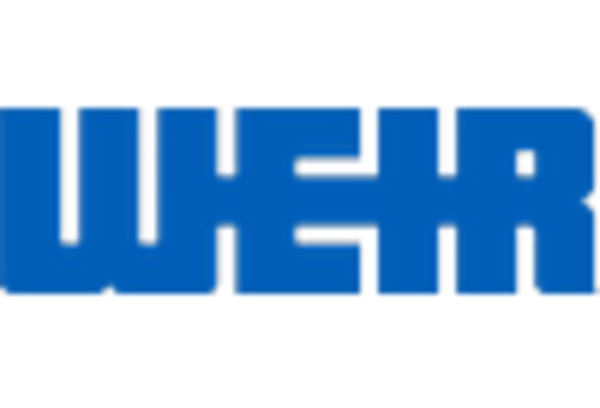








Leave a Comment